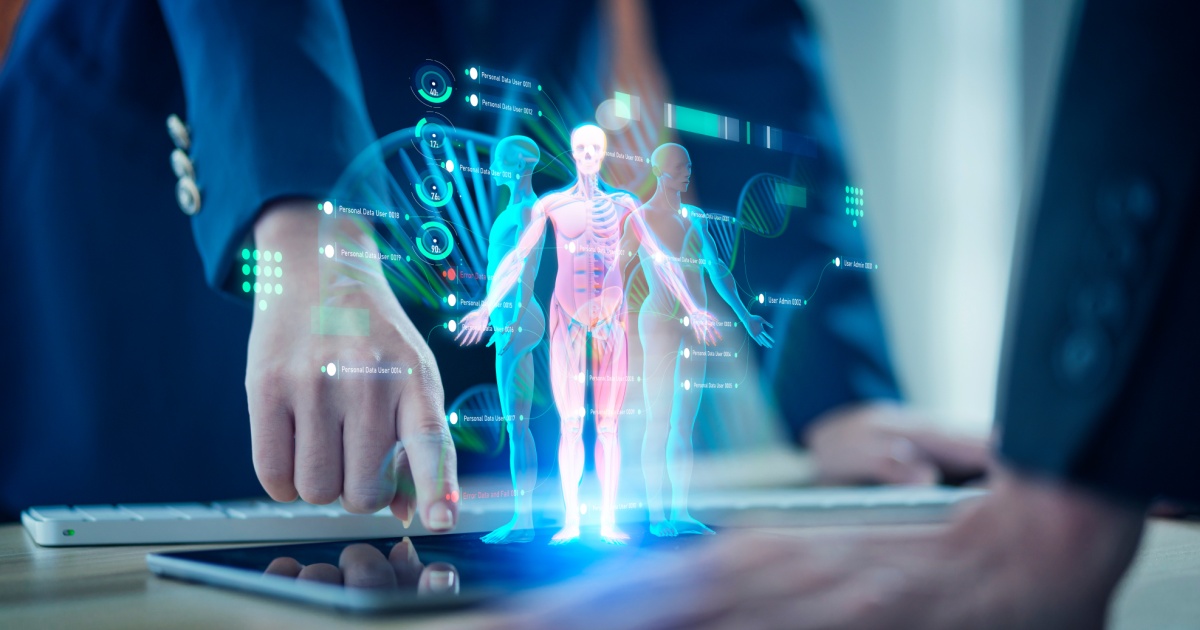
Businesses worldwide are in a constant search for innovative ways to enhance training to prepare employees for real situations. Education institutions are in the same boat. Higher education institutions continue to look for ways to keep up with the expectations of the next generation of students while preparing them for the real world. Individual vertical markets are leaning more heavily on new technologies for teaching and learning experiences.
The healthcare space is one that is quickly implementing new learning techniques. Medical schools, healthcare programs and residency and trainee programs increasingly use AR and VR technology as a cost-effective complement to traditional training methods. The reason is that VR provides students with an immersive learning experience that allows them to manipulate anatomical structures and better understand the spatial relationships in the human body.
To build on the innovation and bring XR-based medical education solutions to students across the healthcare landscape, Wolters Kluwer, Health, is integrating BioDigital XR with Wolters Kluwer Medical Education and Medical Practice expansion.
BioDigital XR is designed for any educational program with an anatomy component such as medical, nursing physical therapy, occupational therapy or sports medicine. It provides an intuitive, active learning solution that students access wherever and whenever they want.
BioDigital XR features 3D anatomy from a library of immersive anatomy, disease and treatment models, including complete male and female anatomy, regional and system anatomy 3D models.
With those 3D models, users utilize tools that simulate the real-world experience with the ability to rotate, scale and move 3D models as well as use three modes that allow users to hide structures, peel away layers and view labels.
“The adoption of VR technologies in the classroom, along with solutions in the metaverse, help future clinicians access valuable, high-fidelity experiences before they enter the workforce,” said Vikram Savkar, senior vice president and general manager, medicine segment, health learning, research & practice at Wolters Kluwer. “These technologies can be a strong bridge between classroom teachings and experiential learning.”
The innovation of XR reality between the two in this collaboration provides an immersive, safe-to-fail environment with VR and AR solutions, further enhancing the learning curriculum across the healthcare education landscape.
Edited by
Erik Linask